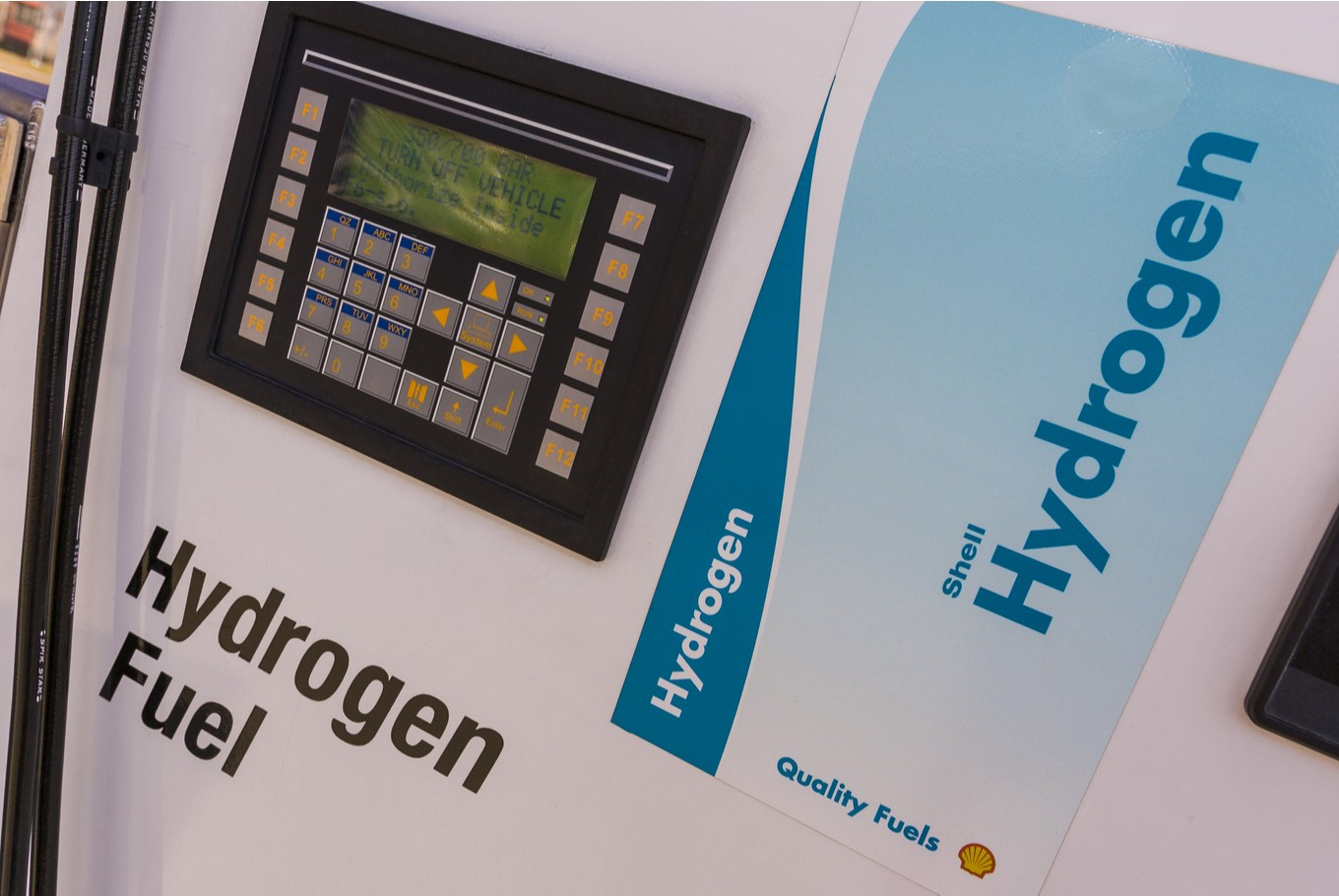Popular Reads
Top Results
Can't find what you're looking for?
View all search resultsPopular Reads
Top Results
Can't find what you're looking for?
View all search resultsPaint it green: The new color of economic cooperation
Implementation of its market reform policy on the national electricity grid can be considered a valuable and emblematic example of Italy’s green energy success.
Change text size
Gift Premium Articles
to Anyone
I
n a peculiar year like 2020 was, renewable energies proved the most resilient among power sources. Indeed, despite the lockdown dragging down the global consumption of fossil fuels (minus 8 percent for coal, minus 5 percent for oil, minus 2 percent for gas), the consumption of green energies increased slightly and the industry was less affected by the setback caused by the shutdown of businesses and transportation.
According to its Renewables 2020 report published in November, the International Energy Agency (IEA) estimates a 1 percent overall increase in renewable energy demand in 2020 due to the use of renewables for generating electricity, especially solar, wind and hydropower. The sector contributed almost 90 percent of the increase in total power output last year.
As the IEA stated, however, renewables were “resilient to the Covid-19 crisis but not to policy uncertainties” that will affect future incentives and the policy framework for accelerating the industry’s development.
According to BloombergNEF’s New Energy Outlook (NEO) 2019, electricity demand will increase 62 percent by 2050, and almost half of the world’s energy consumption will be powered by solar and wind as a result of new technologies applied to storage systems, grid management and production. However, if renewable energy is indeed the future, it is up to states and the international community to turn the most optimistic forecast into reality.
Attention to renewable energy is already an essential part of international debate. The European Union is playing its part, both as one of the most vocal supporters of the Paris Agreement and by setting specific climate and energy targets under the Governance of the Energy Union and Climate Action. This policy should lead member states to cut at least 55 percent in greenhouse gas emissions from 1990 levels to reach a minimum 32 percent renewable energy mix and improve energy efficiency by 32.5 percent.
Driven by the European Green Deal, the EU intends to fight climate change and environmental degradation, thus becoming the first climate-neutral continent where decarbonization, investments in environmentally friendly technologies and innovation, and energy efficiency will become the main drivers of social and economic development.
In this regard, Italy is a leading player among EU countries in renewables development. To prevent any negative impacts on green energy production due to the lockdown and the other restrictive measures to combat the pandemic, the Italian government has recently approved incentives for sustaining premises and electric vehicles' efficiency.
Renewable energy investments in 2019 totaled 5.4 billion euros (US$6.56 billion), of which 49 percent went to solar and 32 percent to wind, mostly to new development projects. The Italian approach is going toward implementing comprehensive efforts at the national level to integrate public policies with business activities and society's needs.
Implementation of its market reform policy on the national electricity grid can be considered a valuable and emblematic example of Italy’s green energy success. The new challenges presented by the energy transition and the other goals for reduction as set by the EU are stimulating new models of electricity production, which allow not only the biggest players but also small and medium enterprises (SMEs) to work toward generating power in a more sustainable and green way.
In 2016, Italy ranked second in Europe and sixth worldwide for its renewable power generation capacity. It is one of the greener countries when considering the efficiency of its electricity grid. Investments in a smart grid, green technology and digitalization are now considered the most powerful enabler for taking the Italian experience to the next level.
The business community is also boosting Italy’s renewable energy development by investing in the industry as an essential part of the broader synergy needed to realize the goal of a truly sustainable energy transition, and one that brings together environmental protection, waste recycling management and the circular economy.
Besides conventional renewable energy sources, Italy is also contributing to developing advanced technologies for exploiting marine energy. The potential of the seas and oceans can play an important part in the future of renewable energy, and Italian companies, SMEs, startups and research centers are collaborating on creating new technologies to harness the power of waves, marine currents and the tides, as well as to improve offshore wind and solar energy.
Italy’s attention to green energy is not at all just a domestic issue. On the contrary, Italian companies are very much open to finding opportunities for cooperation in foreign countries, where renewable energy potential can present an occasion for reinforcing bilateral partnerships. Italy is the second biggest power manufacturer in Europe, and its companies own cutting-edge technologies and expertise in sectors like green tech and energy efficiency.
In this regard, Italy could become a valuable partner to ASEAN in supporting its members by contributing to the positive process of achieving the goals it has set so far. Concretizing the green revolution and the sustainable development commitments are indeed common priorities for both Italy and ASEAN member states.
The two can open new chapters in collaboration between their regions. When Italy and Indonesia are both on the G20 Troika, they can use the occasion for further defining the parameters of a possible partnership in renewables that could in turn create a positive spillover in both Indonesia, the biggest ASEAN state, and Italy to pursue the green revolution.
***
The writer is a senior analyst at the Centre for International Studies (Ce.S.I) in Rome, Italy.










